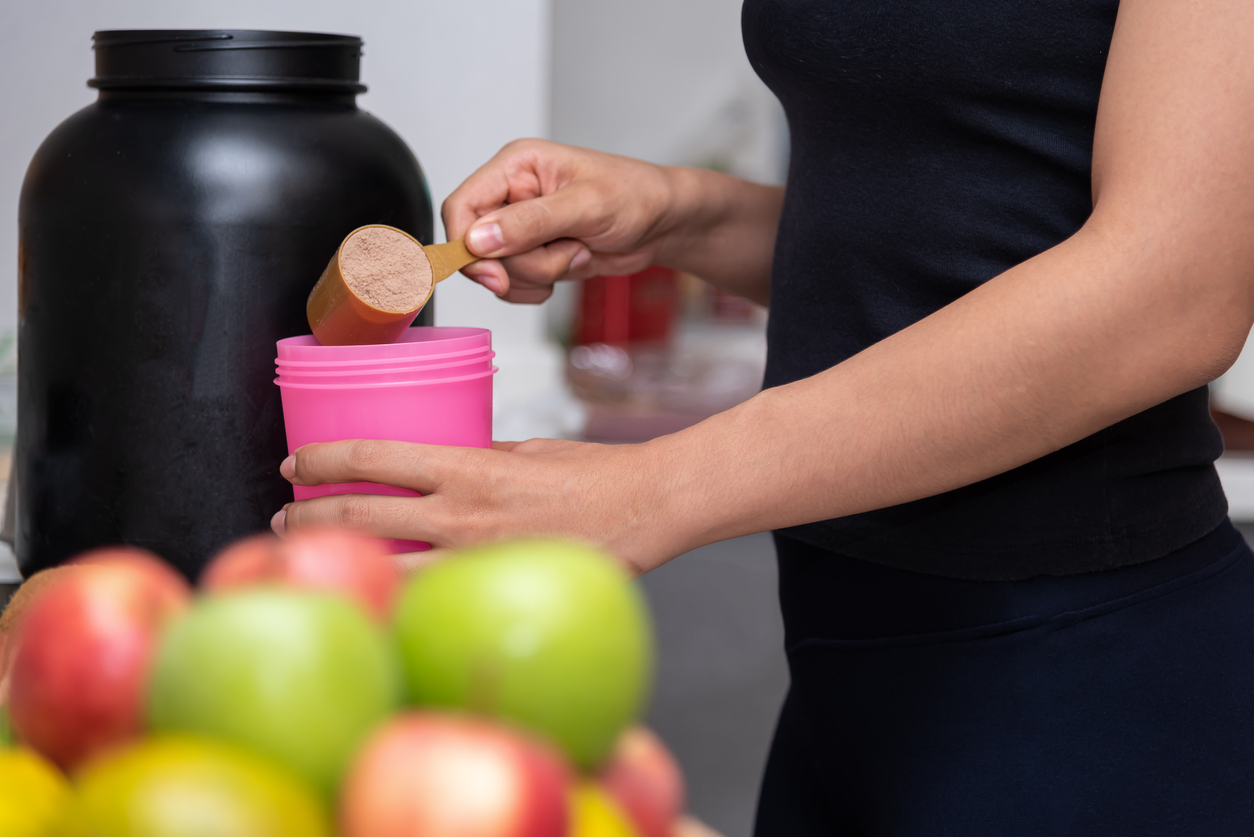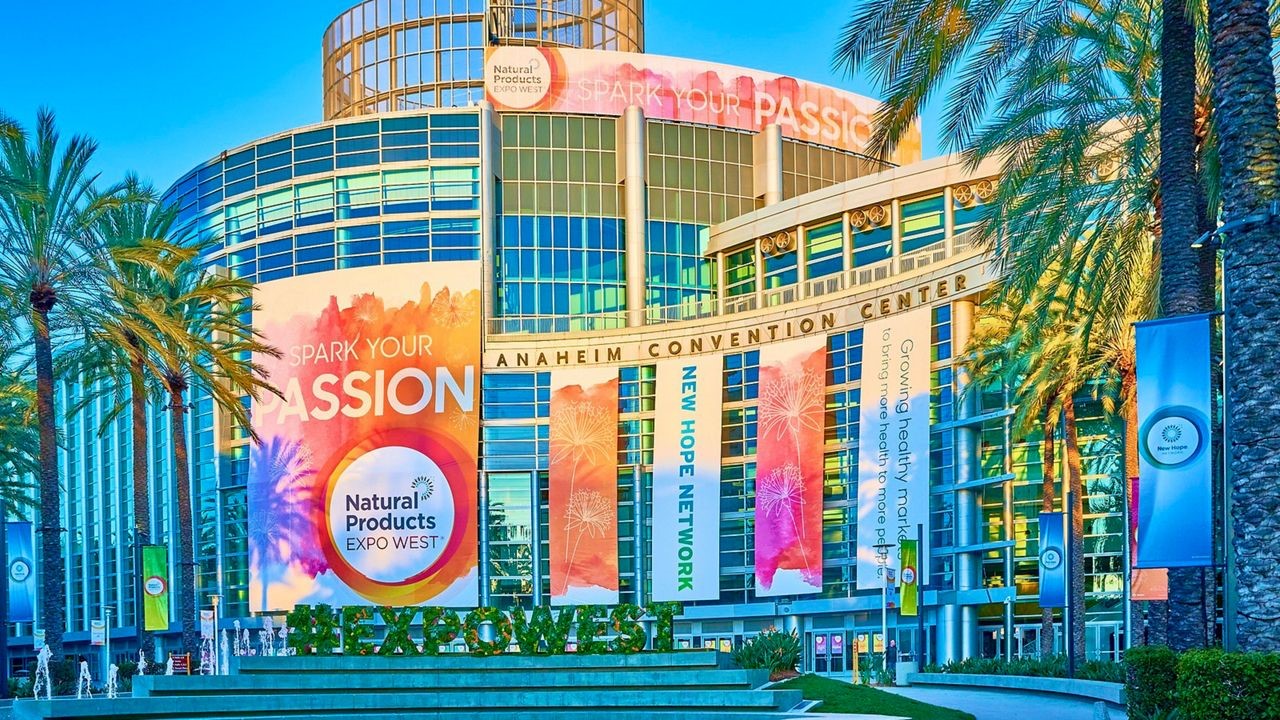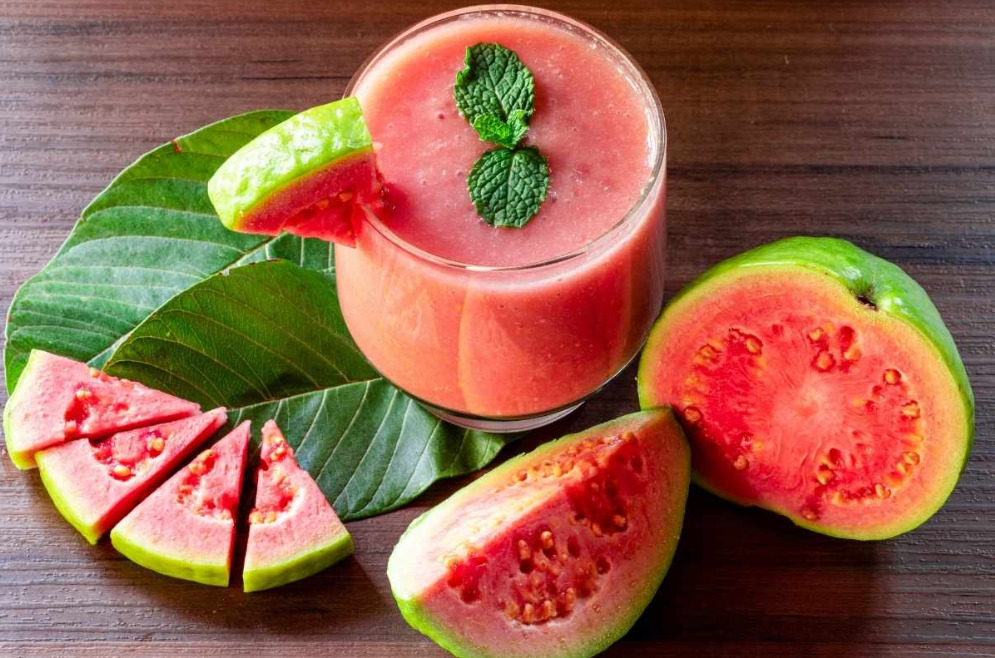Liquid vs. Dry Beverage Flavors: Which Is Right For You?
The human love for flavored drinks has existed for thousands of years (anthropologists believe the first fruit juices were made 8000 years ago). Therefore, it’s no wonder that the demand for these drinks leads today’s beverage markets.
Taking your brand into beverage production or launching a new one is generally a great idea because the demand is endless. Today’s market is as diverse as ever, and thanks to flavor and food scientists, there is no limiting beverage development and creation.
If you’re reading this article, there’s a good chance you’re thinking about production and are searching for resources to drive growth. We are here for you. In this blog, we will dig into the logistics of beverage flavoring: dry flavor versus liquid flavor.
We’ll cover the basics of both as we delve into the categorized pros and cons of each to help you move in the right direction.
Production
The first thing to consider when choosing between dry and liquid flavoring is, of course, the efforts and resources required to produce them.
Dry beverage flavors are most commonly produced by dry spraying, in which a mix of the desired flavor, water, and a carrier are atomized into hot air. At that point, the mixture cools quickly, trapping the desired flavors into their final powdered form.
Liquid flavors are a little more straightforward: you mix your desired flavors with your preferred carrier (and this varies depending on whether you are looking to produce water-soluble flavors, alcohol extracts, fruit flavors, etc.) instead of going through the dry spraying process.
Ultimately, liquid flavors are a simpler process, as dry spraying involves more steps and equipment. Fortunately, our West Coast facilities are equipped with a commercial spray dryer, so the dry vs. liquid debate in production simply comes down to your brand and how you want consumers to enjoy your beverage.
Weight
Weight is a major factor when deciding between dry or liquid flavoring.
Here’s the plain and simple truth: water is heavy.
Let’s look at Kool-Aid, for example. Since a gallon of water weighs 8.3 lbs, a gallon of Kool-Aid would weigh about the same. One gallon comes to about 16 liquid servings (each serving is 8 oz). One powdered serving weighs 0.14 oz. Therefore, 8.3 lbs of powdered Kool-Aid would yield over 900 servings as opposed to liquid Kool-Aid’s 16.
When considering beverage transportation and distribution, weight becomes a major component. As with the production factor, the choice must be made based on your brand goals, production capabilities, and your product’s desired consumer reception.
Scalability
In terms of scalability, which is vital to any mode of production and a critical consideration during commercialization, the clear choice between liquid and powder is powder, assuming you have the production capability to do so.
This is because powdered flavoring requires less water, less packaging, and less equipment than its liquid counterpart.
Shelf Life
Shelf life depends on the product, but, generally speaking, powdered products have a much longer shelf life than liquid products, especially if said liquid products have been opened. For example, liquid milk, which can keep for no more than a week, is no match compared to powdered milk, which can remain shelf-stable for up to 25 years.
While powdered beverages have been around forever, think Tang, there is a modern resurgence of powdered flavored beverages, especially in the world of health, fitness, and wellness. That is to say, when it comes to choosing whether a liquid or a dry beverage flavor is better for your business, the decision ultimately comes down to your brand goals because either can be very successful paths.
Regardless of which method you choose, we are here to guide you along the way. From formulation to production to helping select flavors to meet your label requirements, we know the ins and outs of beverage flavor and are excited to discuss your options with you.
Flavor Insights believes this information to be correct. No warranty, guarantee, or representation is given or made in respect to the information provided. Flavor Insights is not in a position to validate the actual production or labeling of products. Flavor Insights recommends that all finished product labeling be reviewed by legal counsel, and finished product and label claim testing be confirmed to ensure product label accuracy.



